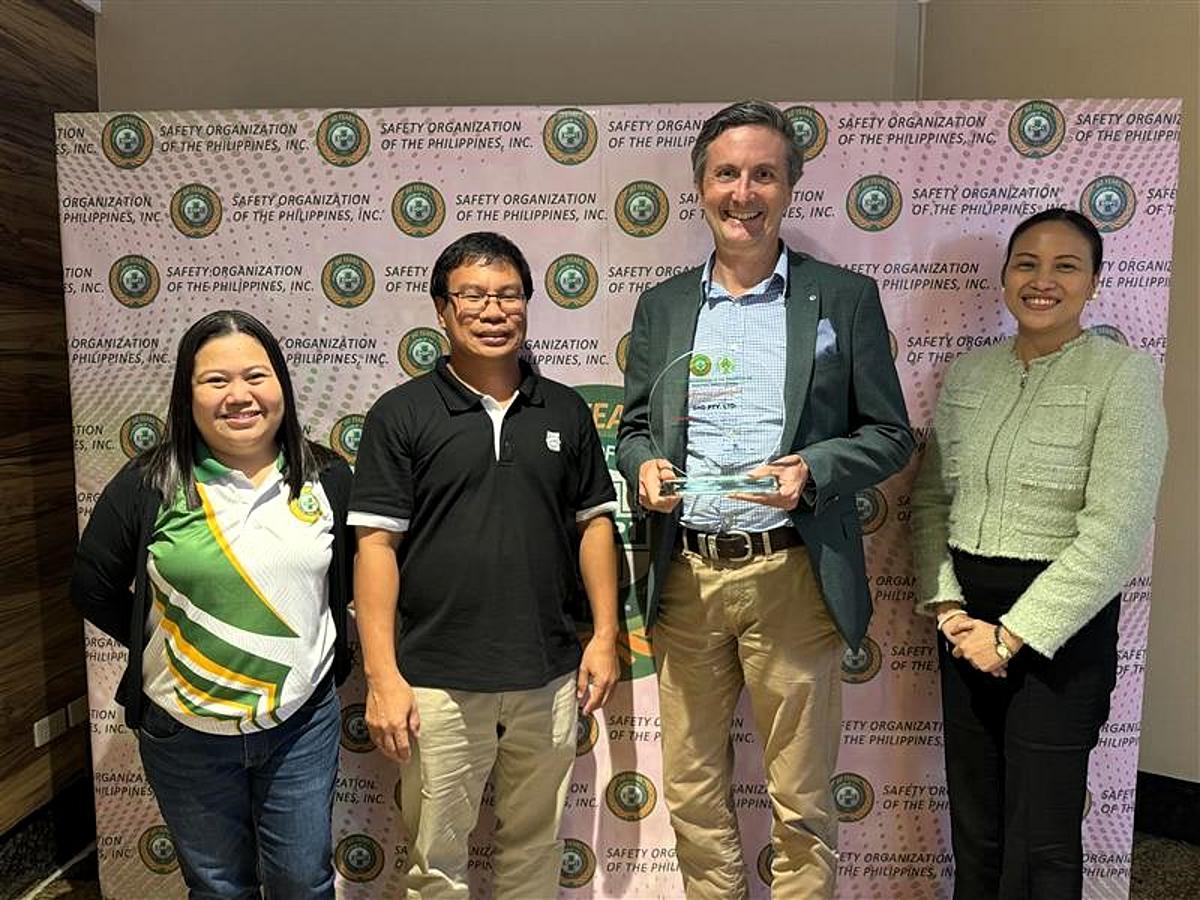The pandemic has accelerated the need for being nimble, flexible and agile to be resilient to disruption. Digital has emerged as the clear enabler across sectors including Mining. Contrary to popular perception, high impact digitalisation in Mining does not have to be complex; there are many low complexity, high benefit, high impact use cases with rapid ROI’s that can fuel the digital transformation programme of a mining organisation.
Earlier this month, I delivered a keynote address at a Philippine Mining and Exploration Association Event in Manila, Philippines. The topic of my address was "Contemporary digital innovation and automation case studies in Mining". Among other things, I discussed simple digital automation and innovation case studies that, in isolation, have made quite an impact within their respective contexts. When combined as part of a portfolio of digital improvement initiatives, these case studies can fuel the digital transformation program of a mining organization. An associated objective of the discussion was to establish how transformative digital programs in Mining can be simple, drive rapid returns on investment whilst enhancing safety and resilience in operations.
IoT devises, for example, are increasingly being adopted in the Mining sector for operational, safety and compliance purposes. Case in point, is GHD’s automated Tailings dam monitoring and reporting system that automates the processing and analysis of data generated by IoT monitoring devices like Piezometers or Inclinometers, to produce relevant reporting. A Piezometer for example helps with water pressure detection and ground water level monitoring. Such data, when combined with ground movement and rainfall reports, is processed by automated “Bots” or “Digital Workers” that can work around the clock to produce meaningful reports for assessment by the relevant mining engineers. These digital workers, developed using the now ubiquitous Robotic Process Automation (RPA) or Intelligent Automation (IA) technologies, help free up valuable time of the highly skilled engineers for other value add tasks, whist improving speed, accuracy, consistency, frequency, scalability and reliability of the process.
A traditional working environment without automation relies heavily on human ingenuity and collaboration, whilst an automated environment is more resilient to disruptions. Automation is equally, if not more, effective in back-office mining operations. By leveraging business process optimization techniques and implementing simple automations across the value chains, key process bottlenecks can be removed, favourable business outcomes expedited, and costs optimised. In addition to resilience and cost outcomes, RPA or IA “Bots” enable mining performance assessments through fit-for-purpose dashboards and analytics, enhance safety in the operations and help boost productivity. It is hence not surprising why Mining organisations globally are looking to increase their Automation investments.
One unwarranted outcome of the increasing digitalisation within the Mining sector is the increased cyber-attacks. Cyber-attack incidents are on the rise across all asset-intensive industries and Mining is no exception. Increase in sophistication of Industrial Control Systems (ICS) enabled by the Industrial Internet of Things (IIoT) and convergence of OT and IT systems has made critical infrastructure more vulnerable than ever before. The increased connectivity of the Mining equipment and devices renders the physical security inadequate as these become exposed to cyber threats. A robust and digitally enabled critical infrastructure cyber security risk assessment and management approach is required to mitigate and thwart such potential threats or attacks.
-----
About the author: Sukalp Sharma is the Asia Digital Leader for GHD. He can be reached on sukalp.sharma@ghd.com .
Related post:
PMEA Monthly Membership Meeting and Industry Updates
by Marcelle P. Villegas
06 June 2022










